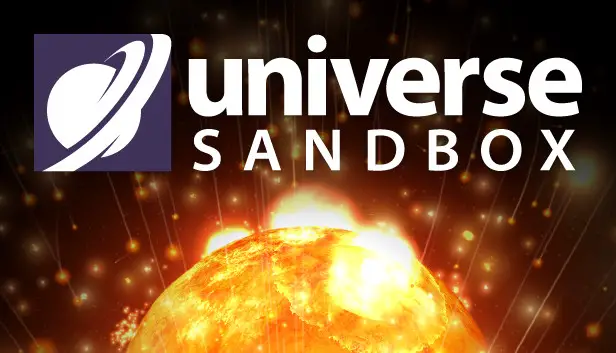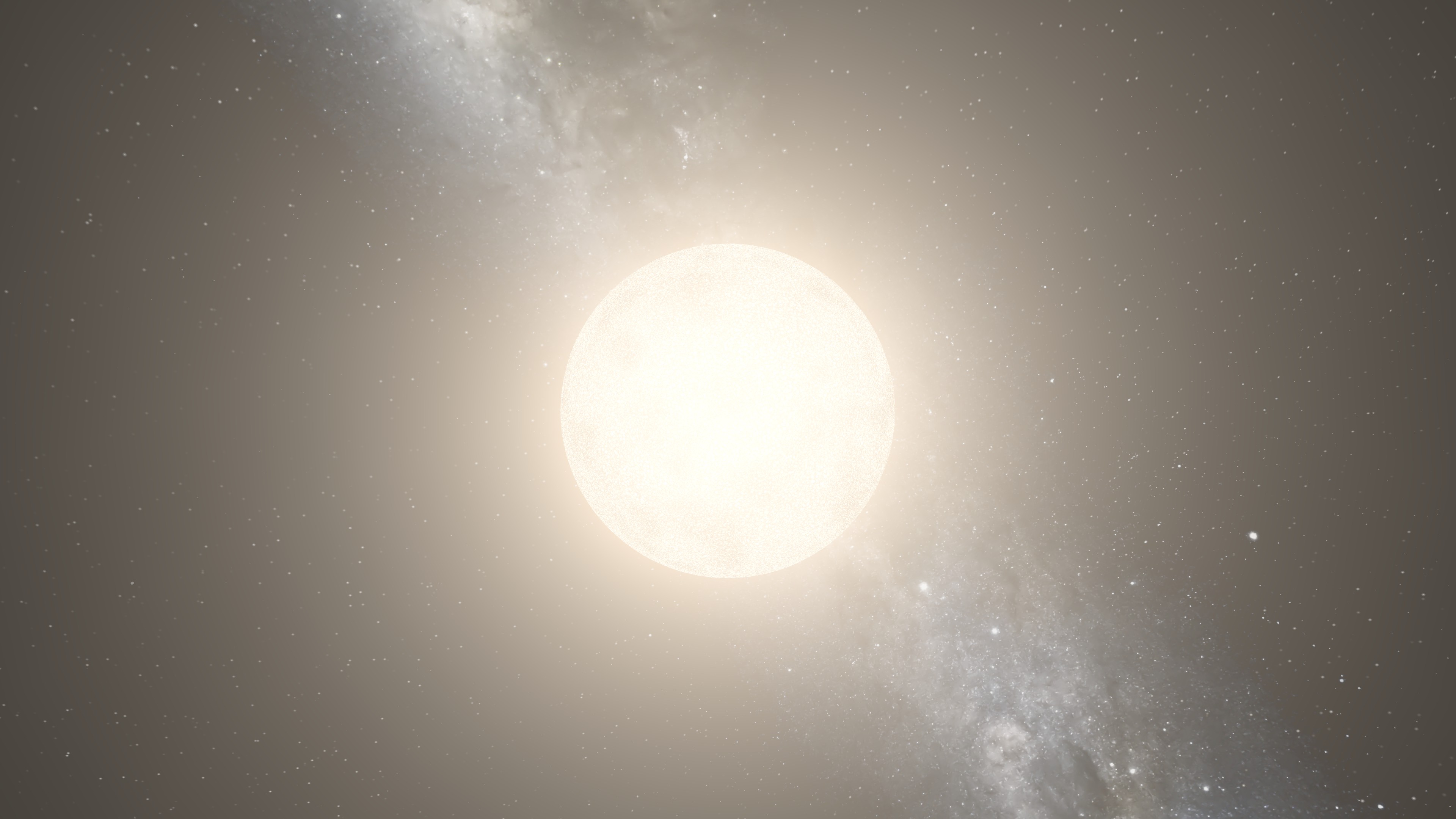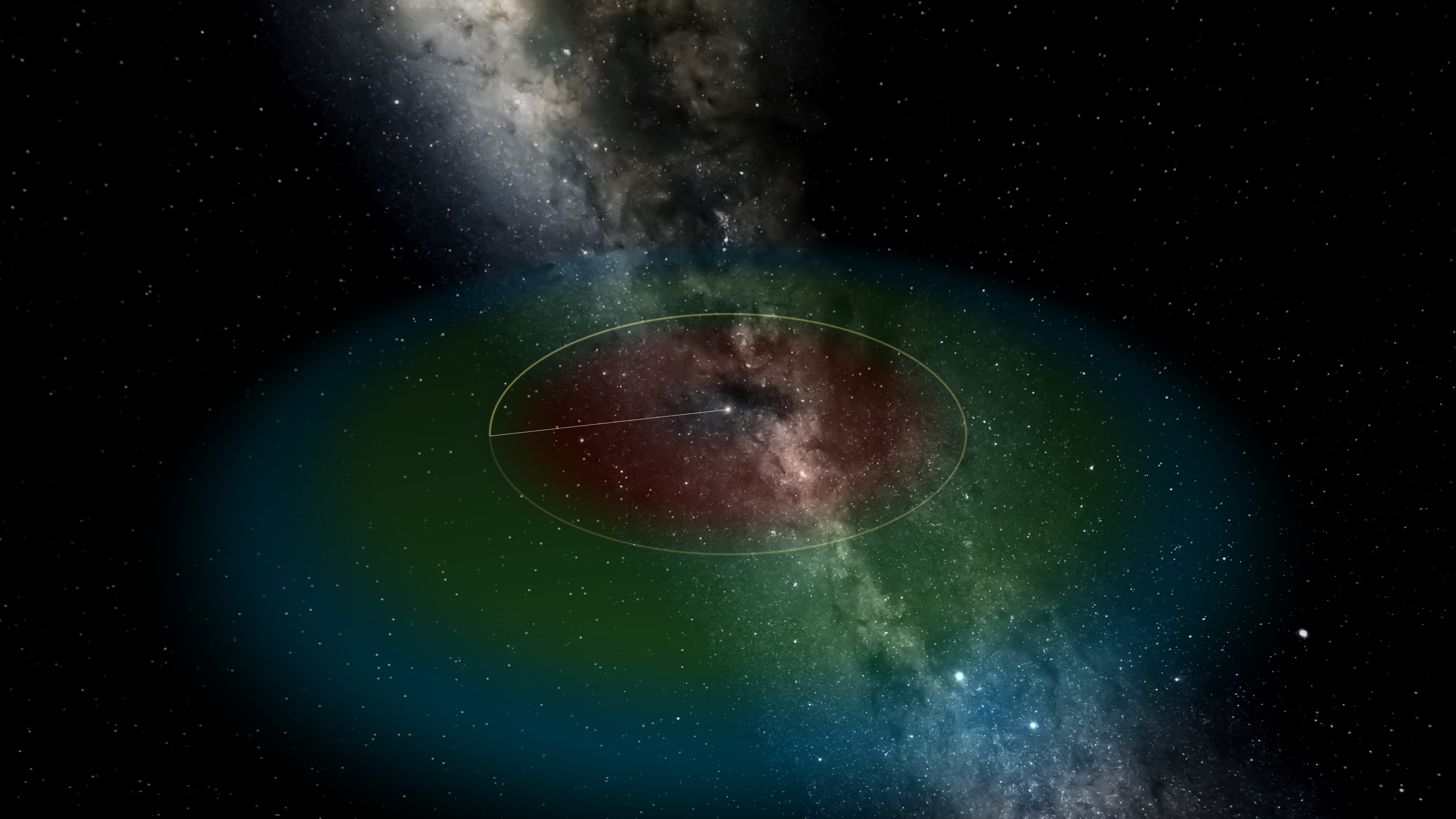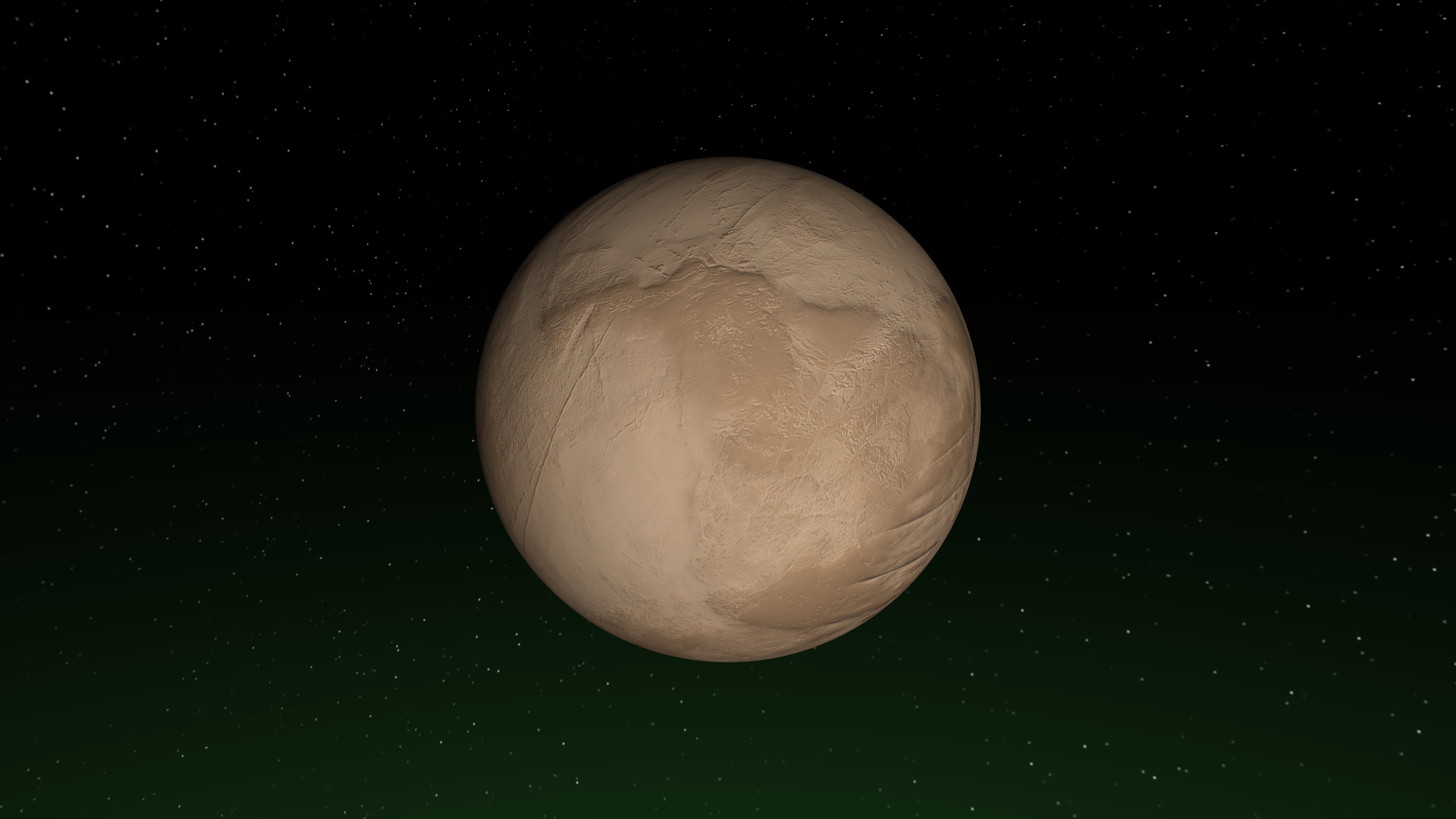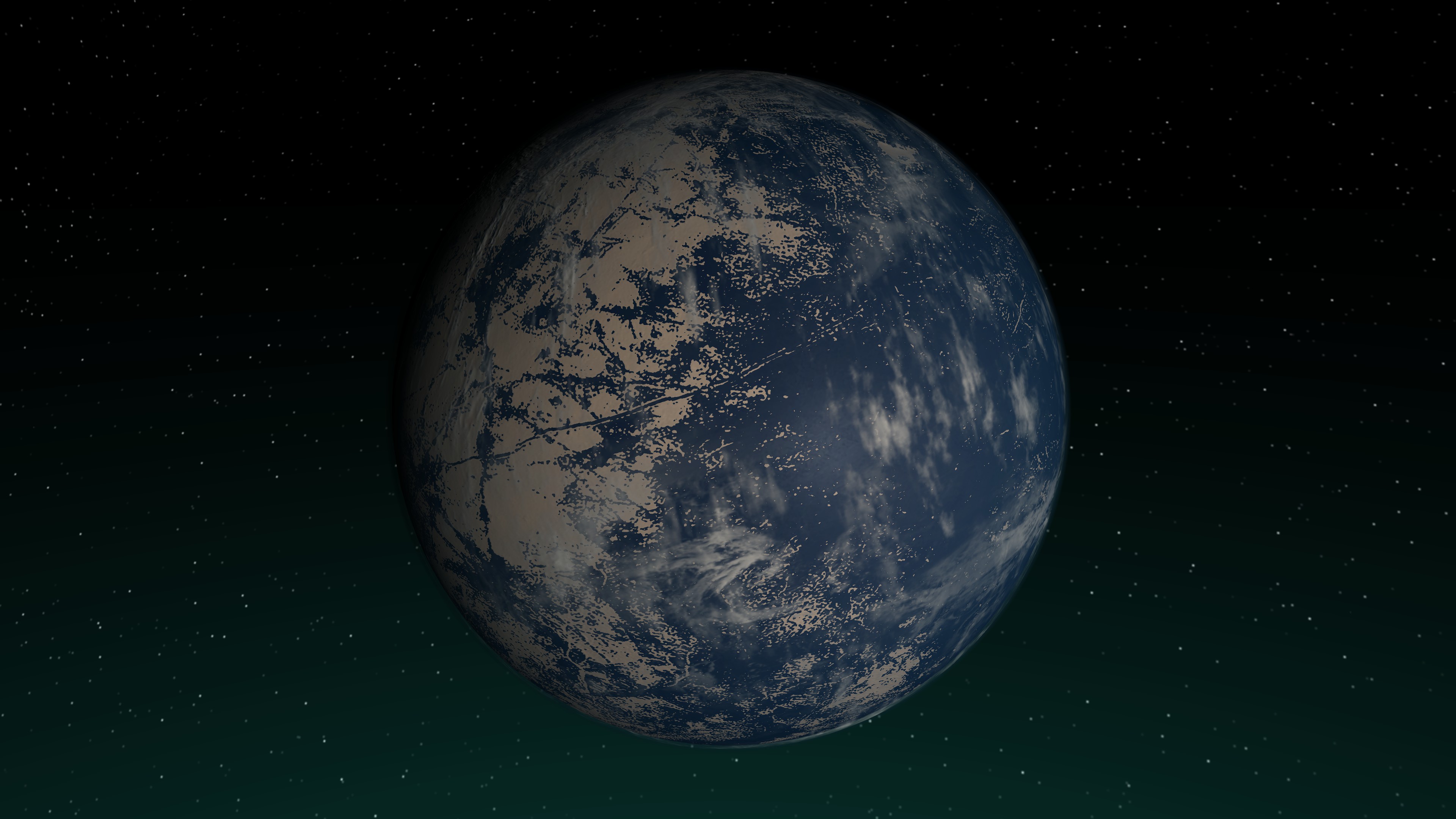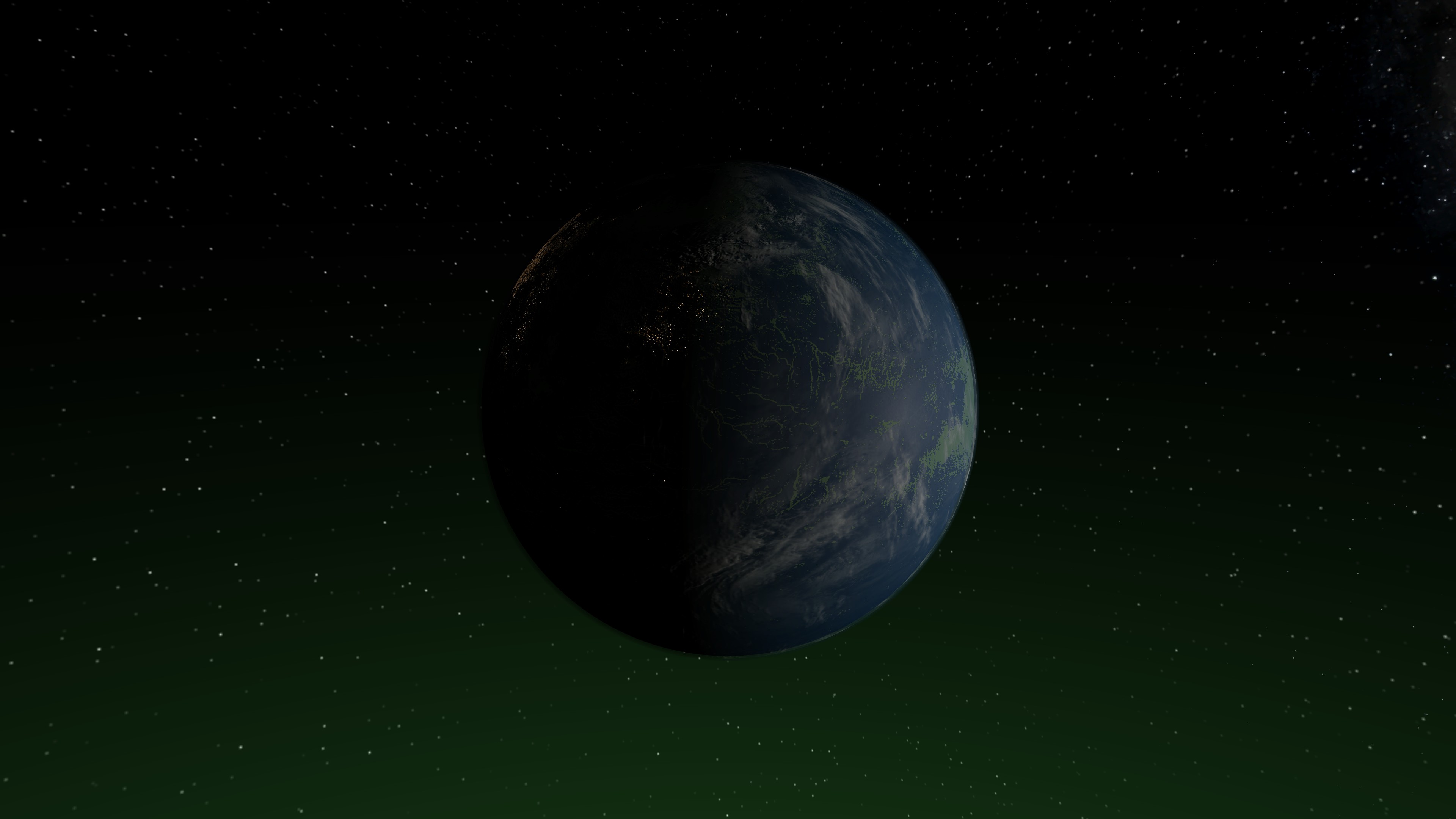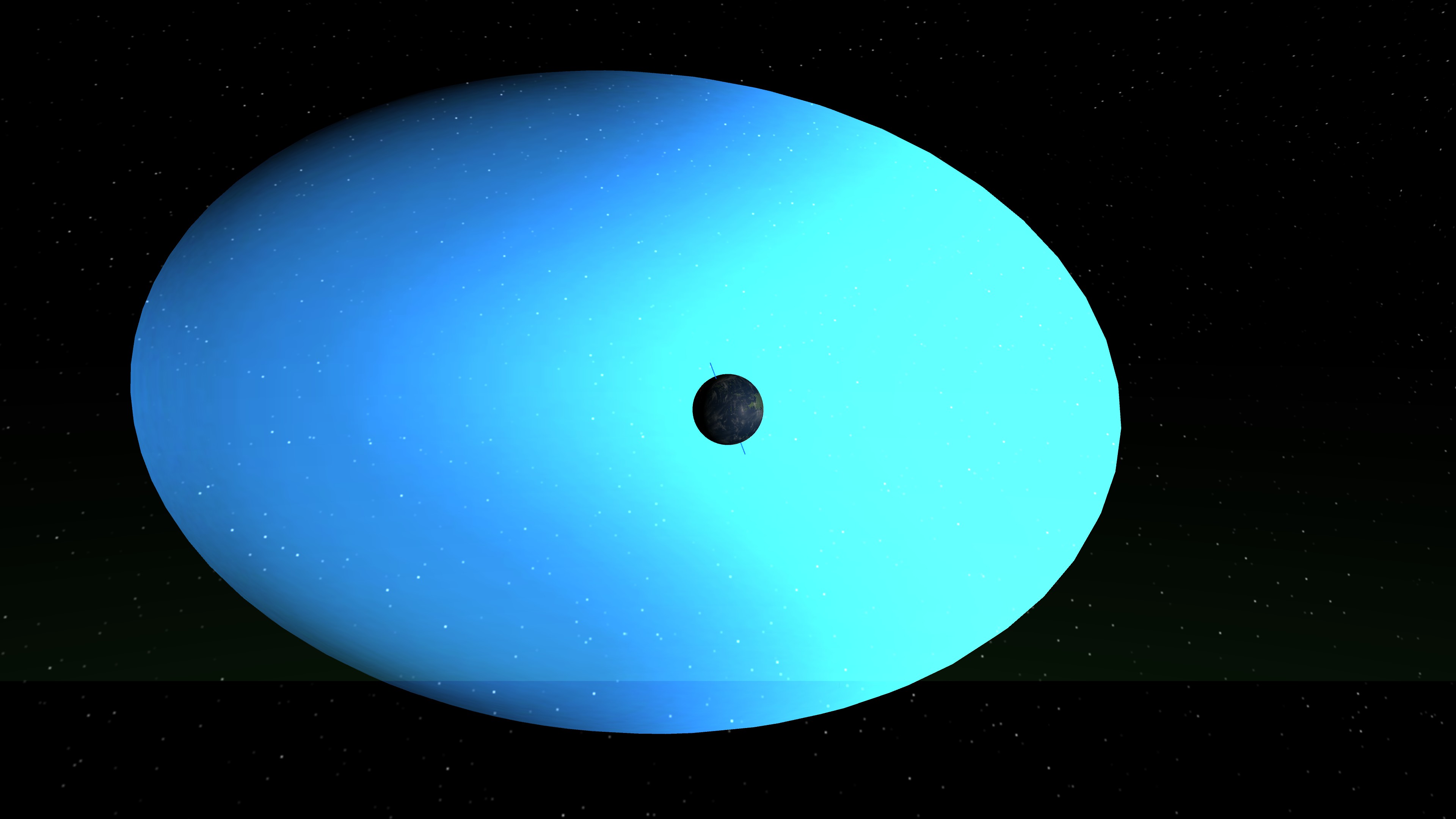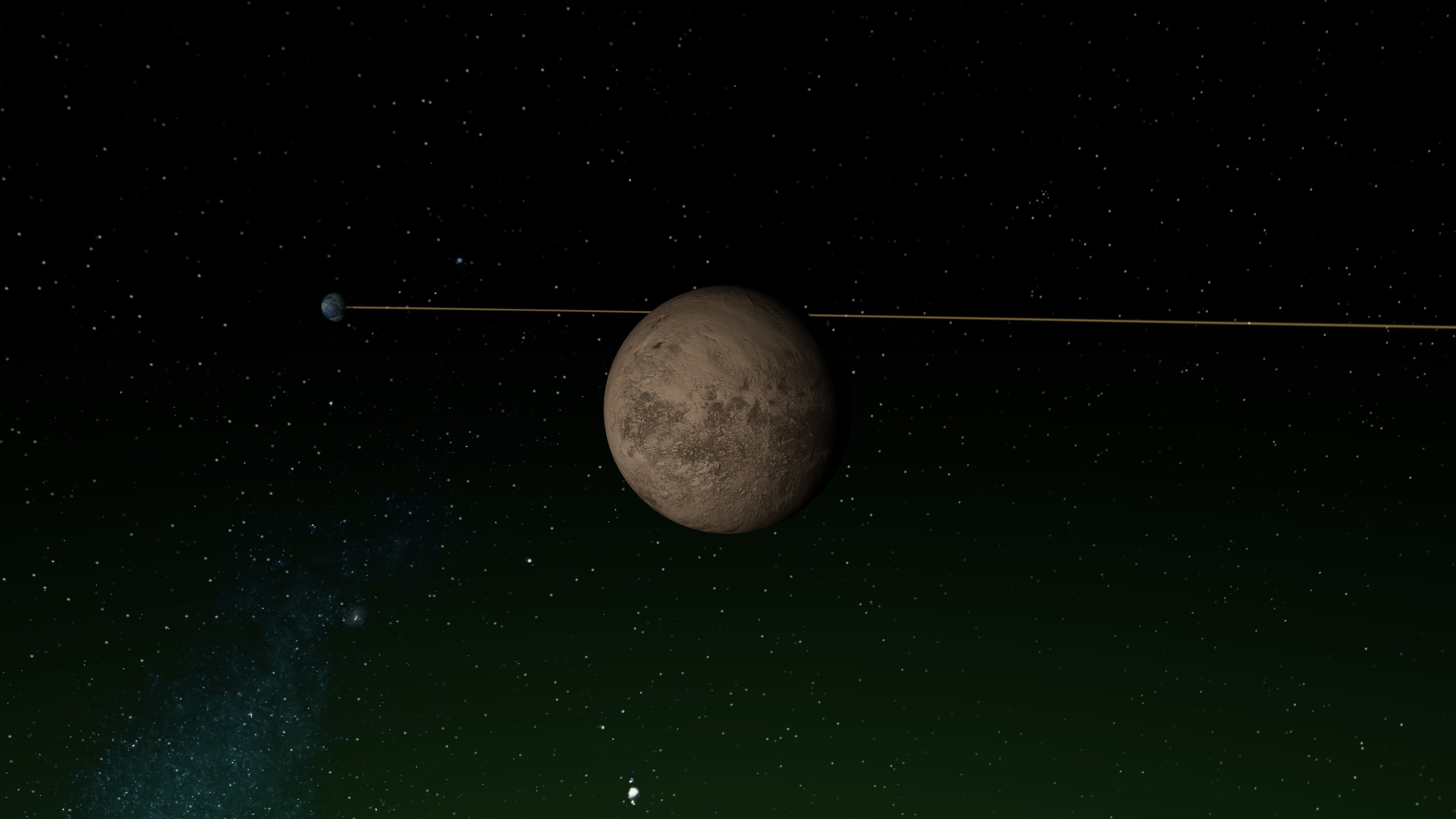Hier ist ein einfacher Leitfaden zum Erstellen von Planeten in Universum Sandbox‚s Update 34. Diese Anleitung ist unkompliziert und leicht zu befolgen, Perfekt für Anfänger, insbesondere mit dem jüngsten Update, das möglicherweise ältere Führer veraltet haben.
Stern und Umlaufbahn
Stern
Einen bewohnbaren Planeten machen, Sie müssen zunächst das Universum erstellen. Also, nicht genau das ganze Universum, Aber zumindest ein Stern. Für Sterne, Sie haben viele Optionen, Aber wenn Sie neu sind, Ich schlage vor, einen Hauptsequenzstern zu wählen, der in unserer Sonne ähnlich ist.
Nachdem Sie Ihren Stern eingerichtet haben, Es ist Zeit, den bewohnbaren Ansichtsmodus in den Ansichtseinstellungen am unteren Rand Ihres Bildschirms einzuschalten. Diese praktische Funktion zeigt Ihnen, wo sich die bewohnbare Zone Ihres Planeten befinden soll, Sicherstellen, dass es bei genau der richtigen Temperatur fürs Leben bleibt.
Orbit
Sobald Sie einen Stern gefunden haben, der funktioniert, Sie können sich einen Platz für einen Planeten auswählen. Um sicherzustellen, dass es an einem guten Ort ist, Schauen Sie sich einfach die Ansicht der bewohnbaren Zone an. Wenn der Planet im Grünbereich bleibt, Es bedeutet, dass die Temperaturen genau das Richtige für das Leben sein sollten, um zu gedeihen.
Planeten Grundlagen
Reinigen Sie Ihren Planeten
Wenn Sie zum ersten Mal auf Ihrem Planeten landen, Es gibt keine Garantie, dass es leer und leblos ist. Manchmal, Sie finden Planeten mit Luft und vielleicht sogar solche, auf denen Sie sofort leben können. Aber wenn Sie nicht so glücklich sind und auf einem Planeten mit schädlicher Luft landen (Oder möchte nur frisch anfangen), Sie können Luft und Wasser ausräumen. Es ist einfach! Gehen Sie einfach zum Abschnitt Materialien auf dem Menü des Planeten und stellen Sie alles außer Eisen und Silikaten auf Null ein.
Nachdem Sie gefährliche Luft losgeworden sind, Ihr Planet sieht ungefähr so aus—Eine saubere Leinwand, die Sie zum Anpassen bereitstellen können.
Masse und Komposition
Erste, Überprüfen Sie, wie viel Zeug Ihr Planet darin hat. Es ist nicht das Wichtigste, Aber es hilft, Ihren Planeten real erscheinen zu lassen. Zielen auf eine Masse zwischen 0.9 Und 1.9 Für einen guten bewohnbaren Planeten, Aber mach dir keine Sorgen, wenn es ein bisschen mehr oder weniger ist.
Nächste, Überlegen Sie, woraus Ihr Planet besteht. Es ist am besten, wenn es hauptsächlich aus Silikat besteht, mit einem Eisenkern im Inneren. Wenn Sie die Größe des Kerns rechts erhalten, Es wird außen flüssig sein. Dieser Teil ist für Universum Sandbox nicht von entscheidender Bedeutung, Aber im wirklichen Leben, Es hilft dabei, unseren magnetischen Schild stark zu halten, Schutz vor gefährlichen Sonnenwinden.
Atmosphäre und Ozeane
Beginnen wir mit der Anpassung der Atmosphäre Ihres Planeten. Gehen Sie zur materiellen Registerkarte und wechseln Sie die Einheiten für die Materialmasse auf Erdatmosphären. Wenn Sie eine Einheit wechseln, Sie alle wechseln zusammen. Nächste, herumgeben 0.7 Zu 0.8 Erdatmosphären des Stickstoffs, Und 0.2 Zu 0.3 Erdatmosphären des Sauerstoffs. Diese Bereiche bieten Ihnen Flexibilität, während Sie die Bewohnbarkeit aufrechterhalten.
Jetzt, Es gibt ein neues Update mit einigen Fehler, eines der problematischsten Wesen „Spontane Wassererzeugung.“ Dieser Fehler kann dazu führen, dass ein Planet plötzlich viel Wasser hat, Besonders wenn Sie Materialien wie Atmosphären bearbeiten. Wenn das passiert, Löschen Sie einfach das überschüssige Wasser im Materialmenü.
In diesem Sinne, Lassen Sie uns zum Hinzufügen von Wasser zu Ihrem Planeten übergehen. Wechseln Sie zunächst die Einheiten im Materialabschnitt in die Erde -Ozeane. Auf diese Weise können Sie feststellen, wie viel Wasser hinzugefügt werden muss. Sobald Sie hinzugefügt haben 1 Wasser des Ozeans Wasser (erinnern, Passen Sie sich anhand der Größe Ihres Planeten und der gewünschten Meeresgröße an), Drücken Sie den Wassertaste abzüglich. Dies verteilt das Wasser gleichmäßig über die Oberfläche, Visuell ansprechende Ozeane schaffen.
Gedeihen
Tolle Neuigkeiten! Ihr Planet ist jetzt fürs Leben geeignet! Auch wenn es auf den ersten Blick nicht so aussieht, Mach dir keine Sorgen! Wir können es lebendiger aussehen lassen, indem wir einige Schlüsselelemente hinzufügen.
Vegetation hinzufügen, Gehen Sie zur Registerkarte "visuelle. Wenn Sie die Vegetationsoption nicht sehen können, Mach dir keine Sorgen! Sie können immer die vorhandenen Farben des Planeten verwenden, um sich vorzustellen, wo sich die Vegetation befinden würde.
Wie für Stadtlichter, Sie können diese Funktion auch auf der Registerkarte "Visuals" finden. Überprüfen Sie einfach das Kontrollkästchen neben der City Lights Color Picker, und voilà! Ihr Planet wird in kürzester Zeit mit funkelnden Stadtlichtern beleuchtet.
Optionale Ergänzungen
Auch wenn Ihr Planet alle festgelegt ist, Sie können es trotzdem ein wenig optimieren, um genau so zu machen, wie Sie es wollen. Sie können die Höhenkarten in der Oberfläche der Oberfläche einstellen, um das Aussehen zu ändern oder die Farben des Planeten anzupassen, Pflanzen, und Stadtlichter. Zusätzlich, Sie können ein Magnetfeld in die Registerkarte "Komposition" für zusätzlichen Realismus aufnehmen.
Sie können auch einen Mond um Ihren Planeten legen.
Es gibt so viele Möglichkeiten für das, was Sie mit diesem neuen bewohnbaren Planeten tun können! Jedoch, Ihre Entscheidungen sind möglicherweise begrenzt, wenn Sie seine Bewohnbarkeit beibehalten möchten. Aber von nun an, Es liegt alles an Ihnen zu entscheiden, was als nächstes passiert!
Das ist alles, was wir heute dafür teilen Universum Sandbox Führung. Dieser Leitfaden wurde ursprünglich erstellt und geschrieben von Ack. Für den Fall, dass wir diesen Leitfaden nicht aktualisieren können, Sie können das neueste Update finden, indem Sie diesem folgen Verknüpfung.
